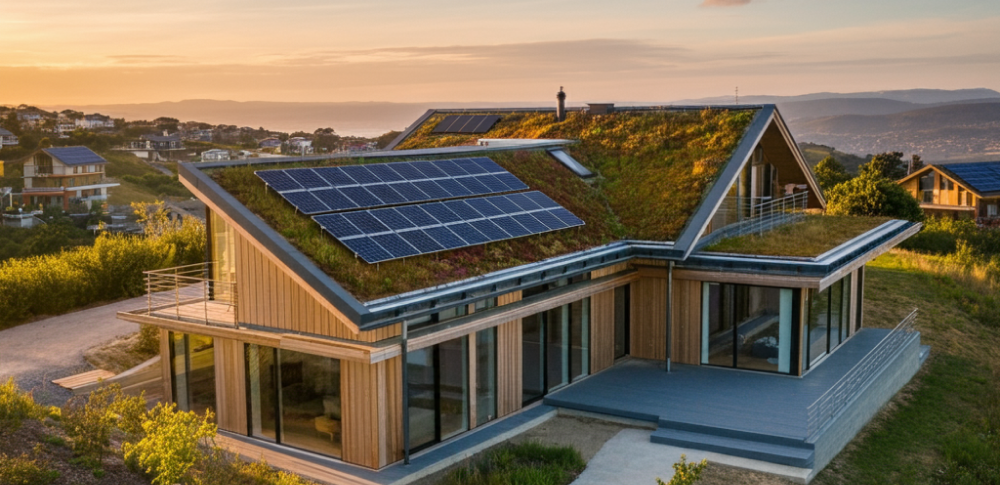The construction industry plays a significant role in shaping our built environment, but it also accounts for a large share of global environmental impact. Eco-friendly construction material procurement is emerging as a solution to mitigate this, offering benefits that go beyond environmental conservation. By choosing sustainable materials, developers can improve cost-efficiency, meet regulatory demands, and align their projects with the growing demand for green building practices.
Environmental Sustainability
Eco-friendly materials reduce the carbon footprint of construction projects. Materials like recycled steel, bamboo, and reclaimed wood require less energy to produce and generate fewer greenhouse gas emissions compared to their conventional counterparts. This approach also minimizes waste, as materials that would otherwise end up in landfills are repurposed, reducing the burden on waste management systems. Sustainable procurement further supports biodiversity by avoiding materials that deplete natural habitats, such as non-renewable stone quarrying.
Cost-Effectiveness Over Time
While eco-friendly materials may have higher initial costs, they often prove more economical in the long run. Durable materials like recycled concrete or composite wood require less frequent replacement, reducing maintenance and lifecycle costs. Additionally, energy-efficient materials, such as insulated panels or reflective roofing, help lower utility bills for building owners, offering ongoing financial savings.
Enhanced Health and Safety
Sustainable construction materials are often free from harmful chemicals that can pose health risks. For example, low-VOC (volatile organic compound) paints and adhesives reduce indoor air pollution, creating healthier living and working environments. Similarly, materials like fly ash concrete not only recycle industrial byproducts but also enhance safety by improving structural integrity.
Regulatory Compliance and Certifications
Many governments and organizations are introducing strict environmental regulations to promote sustainability. Procuring eco-friendly materials helps construction projects meet these standards, avoiding penalties and gaining certifications such as LEED (Leadership in Energy and Environmental Design). These certifications enhance the marketability of properties, as eco-conscious clients often prefer buildings that meet recognized sustainability standards.
Improved Market Value
Eco-friendly buildings are increasingly in demand, driven by consumer awareness and corporate responsibility trends. Sustainable procurement enhances a project’s value proposition, making it more appealing to potential buyers or tenants. The long-term operational savings, coupled with the ethical appeal of green practices, position such buildings as premium assets in the market.
Challenges and Solutions
Despite these advantages, eco-friendly material procurement faces challenges. Limited availability, higher upfront costs, and lack of supplier transparency can deter developers. However, these barriers are gradually diminishing as more suppliers enter the market, offering competitive pricing and improved access to sustainable options. Partnering with credible suppliers and conducting thorough research can ensure that eco-friendly procurement aligns with project goals and budgets.
Building a Sustainable Future
Integrating eco-friendly material procurement into construction practices is more than a trend; it is a necessity. As the global focus shifts toward sustainability, the construction industry has a vital role in reducing environmental degradation while delivering quality projects. The long-term benefits—ranging from cost savings to improved community health—make sustainable procurement an invaluable strategy for a better-built environment.

